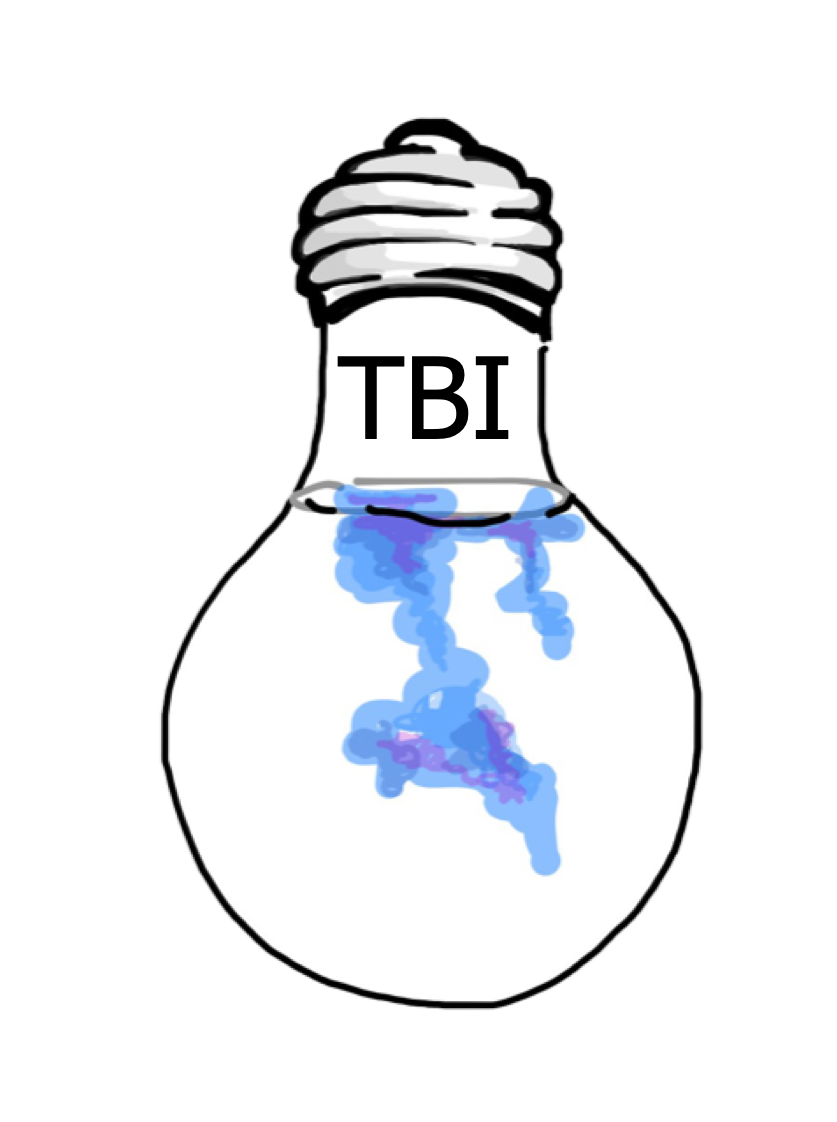A GPS for Writing Essays
FLMS English Department: Diana Balleck, Austin Beckman, Zach Gunzelman, Joanne Kraft, Karen Pullmann
For young developing writers, the learning opportunities during middle school help establish critical skills necessary to expand writing beyond a single paragraph. More extensive writing requires the ability to structure an essay, differentiate between summary and analysis, and glean from literature evidence of broader themes at work. Students need to be able to articulate thoughts beyond the simple “Read straight ahead for my next thought” format that dominates young writers’ language.
As our middle school English team unpacked the skills necessary for students to write a more formal essay, we identified three major disparities frequently observed in students’ writing. First, students lacked the understanding of the purpose of a thesis statement and thus did not know how to begin or structure an essay. Second, students did not pause to think about what they read and analyze literature for deeper understanding. Third, students often did not make connections to broader literary themes, even when given a prompt, and floundered when asked to develop a thesis independently.
7th Grade Research Lesson
To address these disparities, our team decided to collectively study ways we might help students better recognize and construct strong topic sentences and thesis statements. Specifically, we chose seventh grade advanced English students as our first research lesson. The team agreed to use the term “topic sentence” and delay introduction of the “thesis statement” terminology until the students began writing formal essays. After generating thirteen potential instructional solutions, we selected three that shaped the flow of our lesson storyline.
The lesson began with sharing a GPS analogy to illustrate the purpose of a topic sentence. We hoped the analogy would provide a creative framework that would make the definition/purpose more memorable. Following the analogy, the lesson continued with the whole class analyzing examples of topic sentences together. Our team believed involving students in the process of evaluating examples would help students think critically and evaluate their own writing.
After the whole-class exercise on analysis, we organized students into diverse ability groups for a brainstorming session. Prompts guided students to help them focus and share what they remembered from a recently assigned short story. We hoped this would show students the wealth of information they learn as they read literature and counteract the complaint often heard from students, “I don’t know what to write about.” Each group then crafted a topic sentence based on their brainstorming ideas and posted their sentences around the room. A second analysis session ensued with students evaluating each group’s example.
Topic Sentence Results
To measure progress and evaluate the efficacy of the research lesson, the team chose to collect and analyze pre and post writing samples of topic sentences from 10 representative students (two high, six medium, and two low scoring students). We also collected sentences crafted by students during the group brainstorming/writing session. The team created six criteria for evaluating each sample: using active voice, writing a complete sentence, including textual evidence, including the name of the literature selected, including the author’s name, and making a specific claim about the piece of literature.
Samples showed students improved in every criteria from pre to post writing assignments. The greatest gains were made with using active voice: 40% to 100%, and making a claim: 50% to 88%. Claims varied in quality but three samples were highlighted for a higher level of clarity. word choice or analysis. For the remaining categories, 100% of post samples met the criteria. Likewise, group writing samples scored 100% in all criteria except “making a claim” which came in at 93% (14/15), though some claims were still relatively weak.
Key Findings
As the team examined evidence from observations and student work, several key findings emerged about the instruction that likely contributed to these results. First, the GPS analogy at the outset of the lesson resonated with students and helped establish the purpose of an introductory statement. After making the statement, “A topic sentence is like using a GPS properly,” the teacher asked, “How?” Students responded with various explanations including, “If you don’t know where to start you don’t know where to go.” Later in the lesson, the comparison of a tiger and a cow also helped students clearly visualize the different moods created by active or passive voice.
We also considered what instruction might have led to students’ improvement in writing complete sentences and making a clear claim in their topic sentence. We attributed students’ gains to the analysis of actual work samples, especially asking students to explain why examples met the criteria for a strong topic sentence or why they did not. Samples were constructed to move from simple to more complex and by the third sample students were drilling down to the level of clarity and specific word choice. One student remarked that a sample was better because, “it’s simpler, shorter, and to the point.” Also important was the omission of a claim from the first sample, creating a hole to mark this frequently neglected component of “making a claim” within a thesis statement or topic sentence.
The evidence showed that students were heading in the right direction in “recognizing and constructing a valid and appropriate thesis.” As 7th graders transition to writing essays, the team plans to check in with the case-study students, looking for evidence of students transferring skills in writing a topic sentence to writing a thesis statement. We also also noted multiple areas of application to other English courses, especially the group analysis of examples and the individual or group-guided brainstorming session. We added notes for improving the brainstorming session and plan to use it prior to upcoming essays in 7th and 8th grade. The improvement seen in the pre-post writing samples illuminated for the MS English team the power of modeling and engaging students in intentional analysis of writing. In many ways this research lesson was also like a GPS for teaching—providing direction for helping students expand and evaluate their developing writing skills.

